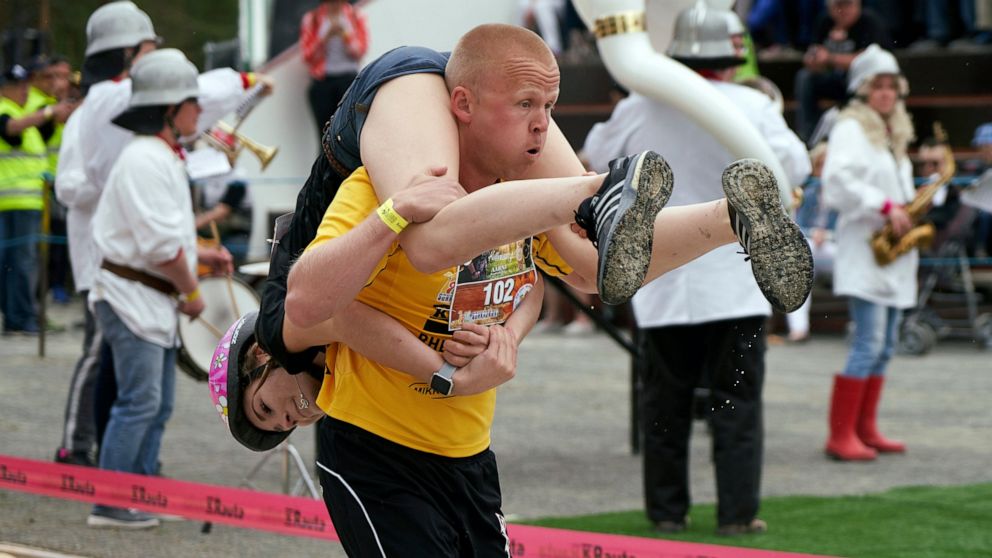El caçador, les forces animistes (animisme i totemisme)
La mare terra, el cicle lunar, pobles neolítics, megalits i astrobiologia
la terra plana, el cel, els animsls [inventari restringit]
Politeisme: mesopotàmia, Egupte, religions cananees, Zeus i els olímpics
Els misteris òrfics
Els presocràtics, Parménides i Heràclit, Sòcrates i la moral, Plató i les idees, Aristòtil i el món natural
Què hem de fer: el control de les passions de Plató, l’estoicisme, la moderació assenyada dels epicuris. les tragèdies gregues: ordre natural, la hybris
Primera visió del món elaborada: terra rodona enmig del cel, món lunar i sublunar, el Timeu, Aristòtil, la natura de Lucreci, Ptolomeu
El cristianisme: la compassió, la fi dels temps (teologia reelaborada quan Jesús no ressucita)
Buda: deixar de patir
[l’ordre cíclic de la terra, la idea de la vida eterna i la slavació o condemnació]
Europa medieval: viure per no ser condemnats, DANTE, abusos de l’església i reforma de Luter
Interrogants del renaixement: Copèrnic, Descartes, Galileu
Locke, Hume, Leibniz, Spinoza
[món creat per Déu, viure per meréixer la salvació, món que comencem a entendre més de manera independent i aspirem a fer compatible la fe i la raó]
Ciència moderna, il·lustració i revolució industrial
Kant, Hegel
Newton, teoria atòmica, Maxwell
L’ideal romàntic de plena realització
Un món comprensible per la ciència, una moral racional, un món ple de recursos a explotar, [enlloc del futur de salvació, un futur de progrés gràcies a societats i moral justes, i el progrés científic
Física quàntica, Cosmologia, codi genètic, evolució
Idea del món que deixa obsoleta del tot lac ració: narració del big bang, història de la terra, evolució. L’home no és al centre sinó en un racó buit, un casualitat i uan curiositat en un univers uniforme.
La fi de la filosofia paralela a la religió: Nietszche, la filosofia del llenguatge, els existencialistes
La filosofia que analitza les conseqüències del model d’home robot, filosofia de la ment, la filosofia del fracàs humanístic
Tecnologia moderna1: agricultura, plàstics, electricitat
Tecnologia moderna2: la informàtica i internet, una efímera nova utopia: coneixement per a tots (wikipedia) i més comunicació (email, facebook, whatsapp) resulta en les fake news i gent solitària.
Les fi de les utopies, no sabem viure: guerres i shoah, explotació del planeta i canvi climàtic, augment de les desigualtats
[a integrar]




